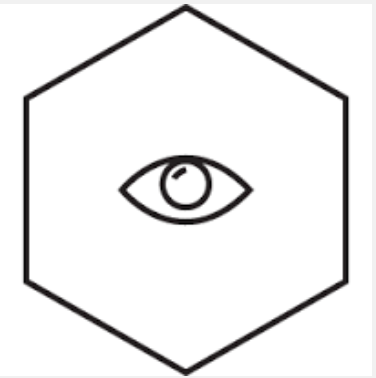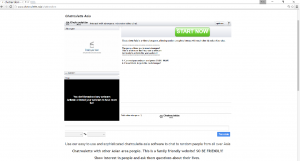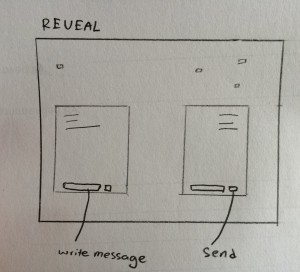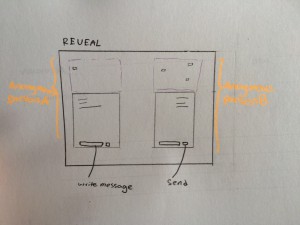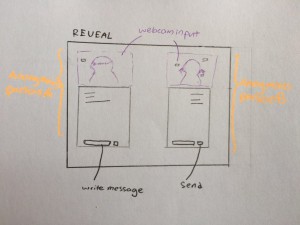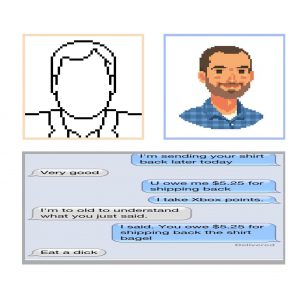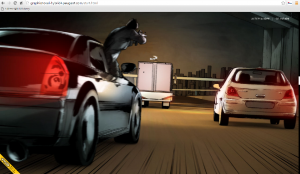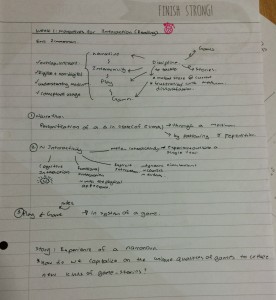It was truly an eye-opener to see interactive works in real life, and to connect the examples that have been shown in classes to the works experienced in teamlab’s exhibition. The works were all very engaging – user-friendly, family-friendly, with the strong use and integral usage of media in the works. The exhibition items also strongly included some elements of gameplay, a compelling way to induce interactivity, especially so when the museum was geared towards families and the general public.
The Creation of Space
All artworks utilised lights, and sounds as a medium for narration. The use of stunning visuals, especially in the exhibition Flowers and People, Cannot be Controlled but Live Together – A Whole Year per Hour was particularly strong, and truly brought the space to life. The reliance on space, and visuals, and the accompanying background sound, highly engaged sight, sound, and temporality of users. While the interactivity was slow, and not obvious if one does not take a closer look (in terms of how fast the flowers wither upon touch), in this instance, content (of the flowers, nature) tied it with the narrative seamlessly, and it was a pleasant experience as a user.
Visualising Computer Data
In many interactive media art pieces, I realised that visualising computer data is commonly utilised. Teamlab’s exhibit Universe of Water Particles, portrays a classic example where computer graphics was used to create a visually appealing artwork, though it has a lower amount of interactivity in comparison with the other artworks in the permanent exhibit.
The juxtaposition of nature and the unnatural (ie. computerised work) is clearly seen in this work. Part of the natural landscape, a waterfall is rendered using computer graphics. It puts out the question that whether nature is no longer what it seems, and whether our natural landscape has been gradually overtaken, and deemed replaceable by artificial data. The strife between nature and the unnatural will always be present, and at times, in interactive media works, artists try to input realistic items from our real surroundings into the works, possibly edging into this debatable topic.
